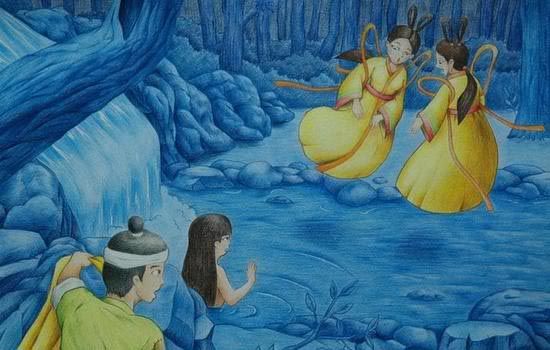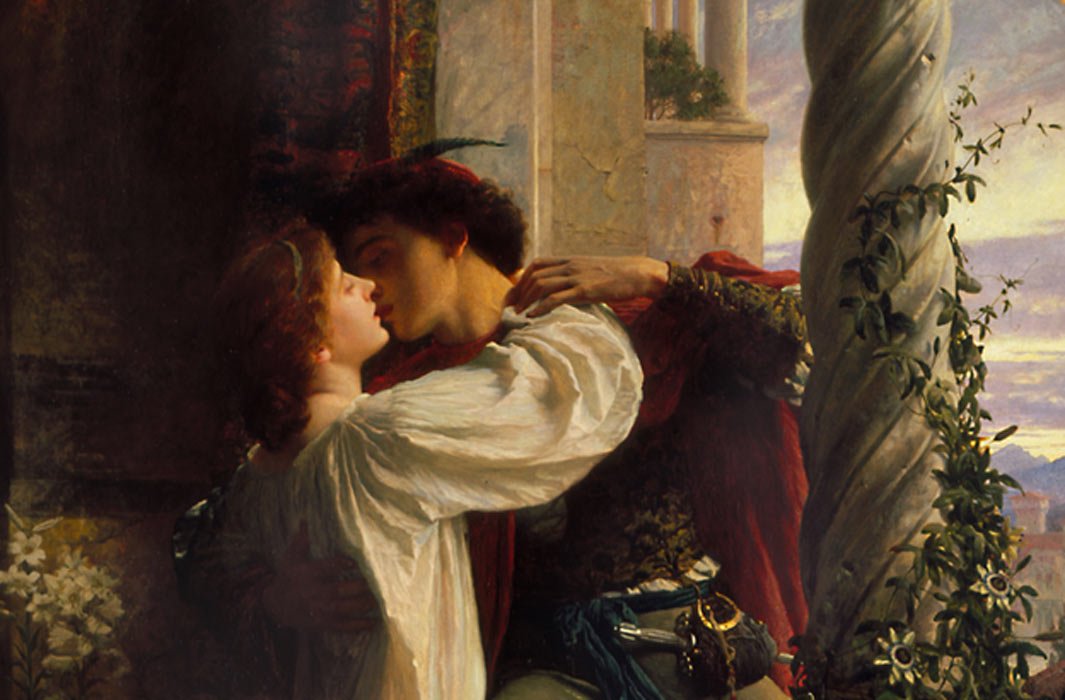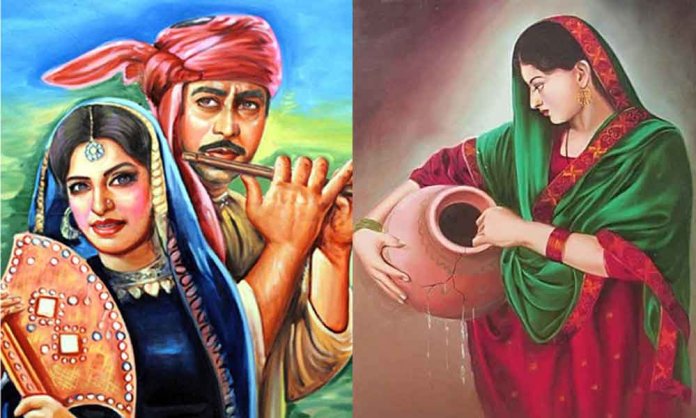Lake Saif ul Malook‘s legend has a prince in pursuit of a fairy. He finds the fairies bathing in the lake. To possess one of them, he steals a fairy’s crown, and now, she can’t return to her world. For someone well versed in folktales of different cultures would immediately connect it to the Korean one with the name ‘Mama Fairy and the woodcutter’.
Similarities in Korean FolkTales
The story goes somewhat like that a woodcutter finds out about a lake where fairies come to bathe. The fairies leave their winged clothes on the bank. He hides one of them. That particular fairy is now unable to return. And they get married.

Exploring the Korean version a little further, we find out that after many years the woodcutter confesses to what he did. The fairy gets nostalgic and leaves for her world. The woodcutter wants to follow suit. He finds some beans which grow up to the sky. Jack and the beanstalks, anyone?
Looking at South Asian Folklores
And this led me to wonder; somehow, almost all a particular culture’s folktales are found in another culture, or at least some rendition of them. I mean, take Heer Ranjha, for example. Heer Ranjha, Punjabi folklore that talks about two lovers who cannot unite due to parental disagreement. Events unfold in a way that they die.
Now, keep in mind that this a South Asian folklore—an almost similar story we can find in Arab culture, Laila Majnun. Due to parents not agreeing to it, Laila and her lover Qays get separated. And eventually, die. Remember, Romeo and Juliet?

So Local?
The point is, these stories are found almost in every culture. What I am trying to say here basically is that were there a Laila, a Heer, and Juliet? Or is it that one lore, one legend, and then as it spread through oral tradition, each culture appropriated the story according to their geography, culture, and history.
Does that not imply that the ‘local’ folktales are not local? Instead, they have global origins. Or maybe that is not the right word towards what I am indicating. My thoughts are that these folklores just do not belong to any particular culture. It was not that Prince Saif of Egypt met the fairy Badi-ul-Jamal in northern Pakistan or a woodcutter met the fairy in Korea. Instead, someone somewhere at some point in time told the story of a man and a fairy falling in love at a lake. And that story went globally local or GLOCAL.
Stay tuned to Brandsynario for more news and updates!





































